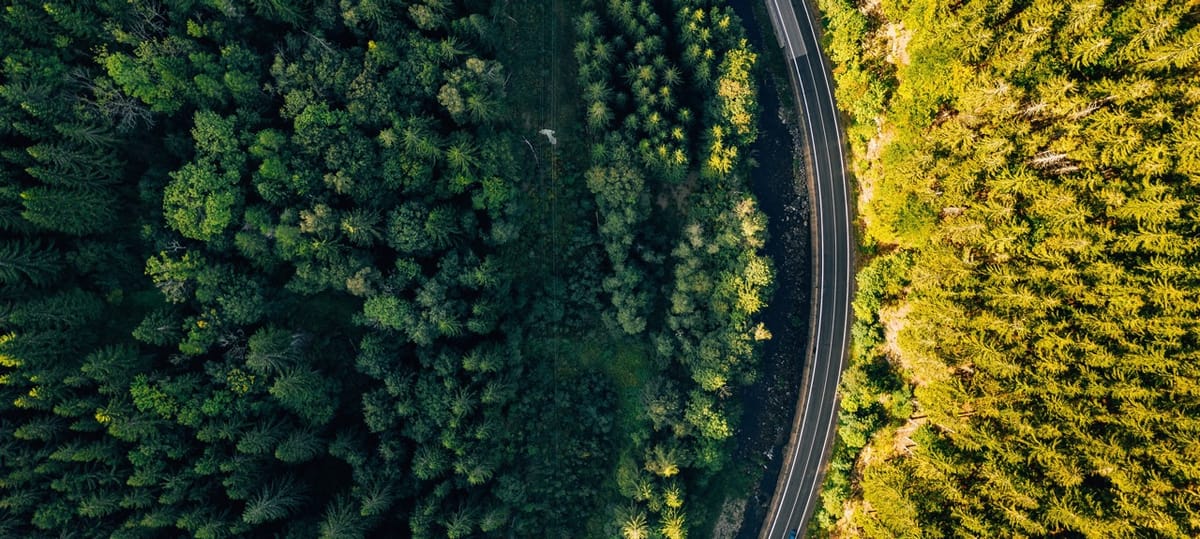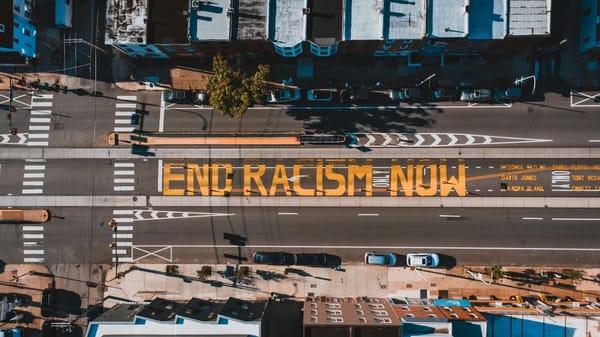What Is Net Zero, and Can We Actually Get There?
We don't have long to tip the scale, but with a little help from governments and citizens alike, we may be able to avoid a climate catastrophe.

Access the Audio Read version of this article directly on Spotify for Podcasters.
"If we can’t commit to not doing any damage, we must commit to balancing out the damage we are doing, at the very least."
If you’ve ever followed what is going on in the environmental news, you may have heard a lot about ‘Net Zero’ last year. Short for ‘Net Zero emissions’, Net Zero supports the idea of reaching a balance between the greenhouse gas emissions we produce and the greenhouse gas emissions that are taken out of the atmosphere. Several institutions are currently fighting to raise awareness about the necessity to reach Net Zero, including the House of Commons in the UK, which approved a draft legislation for a UK Net Zero by 2050, following the CCC (Committee on Climate Change)’s recommendation. The IPCC (Intergovernmental Panel on Climate Change) has been clear all through 2020: we have no choice left but to limit global warming to below 1.5°C if we want to avoid the catastrophic repercussions of the climate crisis.
However, the struggle is real, as we must reach Net Zero across the globe in less than thirty years. In the UK, if we ever manage to legislate Net Zero, the country would be the first within the G7 to make such a commitment. But can we expect good climate leadership from a government that failed the nation with Brexit and the Covid-19 crisis?
Balance is a tricky concept, especially when you’re not the only one trying to adjust the weight. Before we can dream of reaching Net Zero, we must be sure everybody agrees to keep the scales even, meaning new greenhouse gas emissions on one end, and no new greenhouse gas added to the atmosphere on the other. This calls for serious collaboration at a time where the UK is divorcing from the European Union, and isolating itself during the biggest environmental crisis we’ve ever faced. Beyond keeping the scales stable, we must repair the damage we’ve done over the years, and tip the scale towards no new greenhouse gas emissions - essentially reaching Zero rather than Net Zero. But before we can dream of reaching that goal, we can’t miss the first step.
So how do we get there? If we can’t commit to not doing any damage, we must commit to balancing out the damage we are doing, at the very least. This starts with investing in green tech and planting new trees. And not just a couple of trees, but an entire forest. The example of China alone is proof change can happen. The country is one of the biggest polluters in the world, but leading with clean technologies, and announced it will become carbon neutral by 2060. Responsible for 28% of the world’s greenhouse gas emissions, China has stepped up as a climate leader in 2020 and will now reduce its carbon emissions by up to 90% by that first long-term target. The rest of its emissions will be offset by new clean technologies - from renewable energies to electric cars - and natural systems such as reforestation.
It is now a beautiful race between the European Union and China to see who will be cleaner first. Of course, such change cannot be accomplished without investment, especially in transformative technology (like offshore wind, green hydrogen, and energy storage), but if there is one currency that the world will be able to count on in a few decades, it’s green energy.
The IPCC’s special Global Warming of 1.5°C report in 2018, made it clear that we needed an immediate response to climate change, and prompted governments to stop waiting for a miracle. Or in the case of the Trump administration, to stop denying the existence of climate change. We need electrified transport globally, decarbonised power (at the very least in the biggest polluters of the world), and a conscious effort from governments to hold industries responsible for the damage they’ve done. But we also need an effort on a citizen level. Yes, lifestyle changes do help. You can choose to travel clean (fewer flights, walking or cycling etc), adjust your energy consumption, eat less meat or dairy, reduce and recycle waste, and break up with consumerism in general. And think of this new mantra: we just do not have a choice anymore.





